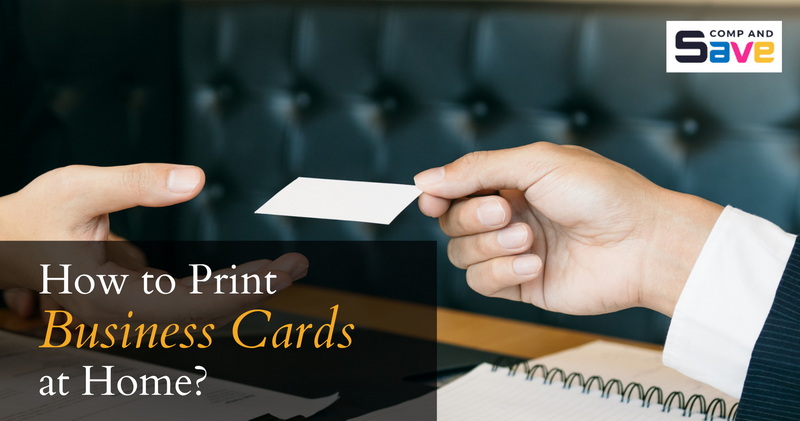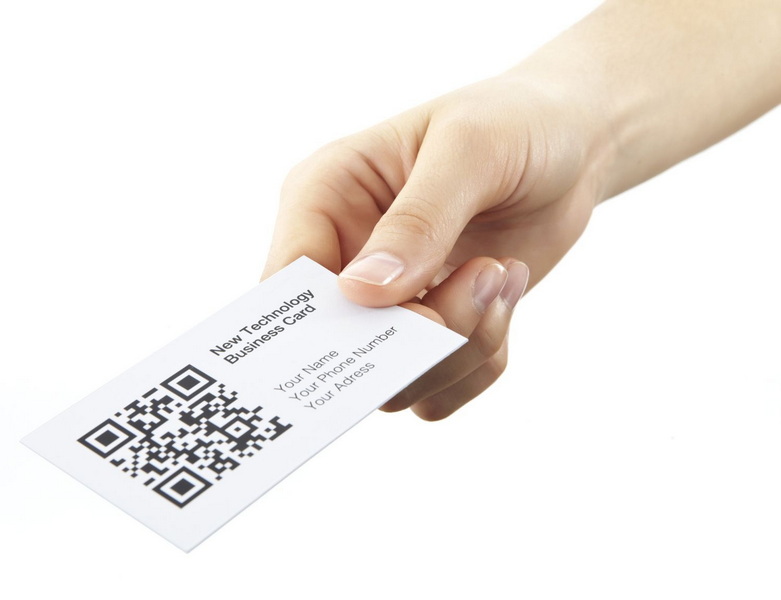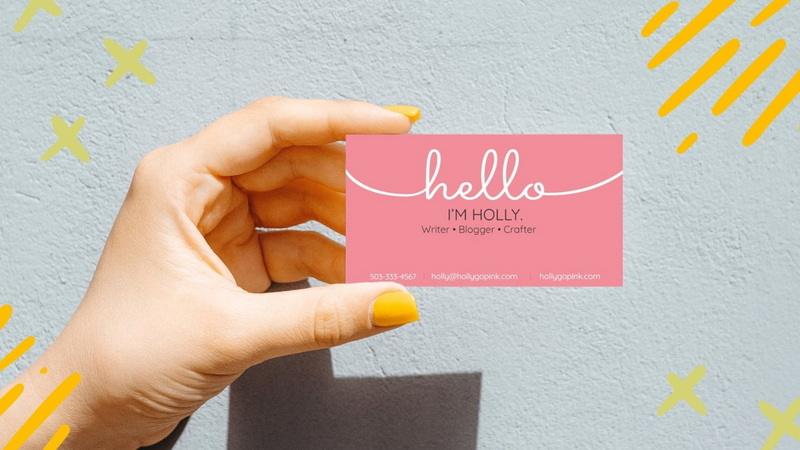Content Menu
● Understanding the Importance of Business Cards
● Tools and Materials Needed
● Designing Your Business Card
>> Choosing the Right Size and Layout
>> Essential Information to Include
>> Design Elements
● Setting Up Your Printer
● Printing Your Business Cards
>> Test Print
>> Print Settings
● Cutting Your Business Cards
● Final Touches
● Pros and Cons of Printing at Home
>> Pros
>> Cons
● Tips for Achieving Professional Results
● Common Mistakes to Avoid
● Conclusion
● Frequently Asked Questions
>> 1. What type of printer is best for printing business cards?
>> 2. What cardstock should I use for business cards?
>> 3. Can I use regular paper instead of cardstock?
>> 4. How do I ensure my designs print correctly?
>> 5. Is it possible to print double-sided business cards at home?
● Citations:
Printing business cards at home is a practical and cost-effective option for individuals and small businesses. With the right tools, materials, and design, you can create professional-looking cards that reflect your brand's identity. This comprehensive guide will walk you through the process of designing, printing, and cutting your own business cards at home.

Understanding the Importance of Business Cards
Business cards serve as a tangible representation of your brand and are often the first impression potential clients or partners have of you. A well-designed business card can communicate essential information about your business while also showcasing your creativity and professionalism.
In today's digital age, having a physical business card can set you apart from competitors who may rely solely on online interactions. It provides a personal touch and serves as a reminder of your meeting or conversation, making it easier for potential clients to reach out to you later.
Tools and Materials Needed
To successfully print business cards at home, you'll need the following tools and materials:
- Printer: An inkjet or laser printer that supports color printing. Inkjet printers are generally better for vibrant colors, while laser printers are faster and may handle thicker cardstock better.
- Cardstock: High-quality cardstock is essential for a professional look. Standard business card size is 3.5 inches by 2 inches. Choose a weight of at least 200-340 GSM (grams per square meter) for sturdiness.
- Design Software: You can use graphic design software like Adobe Illustrator, Canva, or even Microsoft Word to create your card design.
- Cutting Tools: A paper cutter or scissors for trimming your printed cards to size.
- Templates: Pre-made templates from sites like Avery can simplify the design process.
Designing Your Business Card
Choosing the Right Size and Layout
The standard size for a business card in the U.S. is 3.5 x 2 inches. When designing your card, consider whether you want a horizontal or vertical layout; horizontal is more common but vertical can stand out.
Essential Information to Include
Your business card should include:
- Your name
- Job title
- Company name
- Contact information (phone number, email address)
- Company logo
- Website URL (if applicable)
- Social media handles (if relevant)
Design Elements
- Color Scheme: Use colors that align with your brand identity. Make sure they are visually appealing but not overwhelming.
- Fonts: Choose clear, legible fonts. Avoid overly decorative fonts that may be difficult to read.
- Images and Graphics: Incorporate your logo or relevant images but ensure they do not clutter the design.
- White Space: Leave enough white space to avoid overcrowding and to enhance readability.
Setting Up Your Printer
Before printing, ensure your printer is set up correctly:
1. Load the appropriate cardstock into the printer.
2. Adjust printer settings for the type of paper you are using (choose 'thick paper' if available).
3. Select the correct paper size in the print settings (3.5 x 2 inches).

Printing Your Business Cards
Test Print
Before printing multiple cards, do a test print on regular paper to check layout and colors.
Print Settings
When ready to print:
1. Open your design file.
2. Select 'Print' from the file menu.
3. Confirm all settings (paper size, quality).
4. Print one side first if double-sided; allow it to dry before flipping it over to print the other side.
Cutting Your Business Cards
Once printed, carefully cut out your business cards using a paper cutter for straight edges or scissors if necessary:
1. Measure and mark where cuts should be made.
2. Align the cardstock in the cutter.
3. Cut carefully to avoid jagged edges.
Final Touches
After cutting, inspect each card for quality:
- Ensure all information is legible.
- Check for any ink smudges or misprints.
If desired, you can add additional finishes such as rounded corners or laminating for durability.
Pros and Cons of Printing at Home
Pros
- Cost savings compared to professional printing services.
- Flexibility in design changes on-the-fly.
- No minimum order quantities; print only what you need.
Cons
- Initial setup costs for quality materials and equipment.
- Time-consuming process compared to outsourcing.
- Potential learning curve with printer settings and design software.
Tips for Achieving Professional Results
To ensure your home-printed business cards look professional:
- Use high-quality cardstock weighing at least 200 GSM for a sturdy feel.
- Design with a clean layout, ensuring all essential information is clear and legible.
- Choose a color scheme that complements your brand while avoiding excessive use of bright or distracting colors.
- Print at the highest resolution your printer can handle (at least 300 dpi) to ensure sharp text and graphics.
- Consider adding finishing touches like rounded corners or a matte/glossy finish to enhance appearance and durability.
Common Mistakes to Avoid
When printing business cards at home, it's easy to make mistakes that could affect the final product:
- Poor Quality Paper: Using low-quality paper can result in flimsy cards that don't make a good impression.
- Ignoring Margins: Failing to account for margins can lead to important information being cut off during printing or trimming.
- Overcomplicated Designs: While creativity is important, overly complicated designs can detract from readability and professionalism.
Conclusion
Printing business cards at home can be an efficient way to create personalized marketing materials that reflect your brand's identity without incurring high costs associated with professional printing services. By following this guide, you can produce high-quality business cards that make a lasting impression on potential clients and partners.

Frequently Asked Questions
1. What type of printer is best for printing business cards?
Inkjet printers are generally preferred for vibrant color prints, while laser printers offer faster printing speeds and may handle thicker cardstock better.
2. What cardstock should I use for business cards?
Choose sturdy cardstock with a weight of at least 200 GSM for a professional feel; options include matte or glossy finishes depending on your design preferences.
3. Can I use regular paper instead of cardstock?
While you can use regular paper, it will not provide the same professional appearance or durability as cardstock designed specifically for business cards.
4. How do I ensure my designs print correctly?
Always perform a test print on regular paper first to check alignment, colors, and overall appearance before proceeding with cardstock.
5. Is it possible to print double-sided business cards at home?
Yes, but ensure that your printer supports double-sided printing; otherwise, you will need to manually flip the cardstock after printing one side.
Citations:
[1] https://www.avery.com/blog/do-it-yourself-business-cards/
[2] https://www.compandsave.com/blog/posts/how-to-print-business-cards-at-home-the-ultimate-guide.html
[3] https://www.reddit.com/r/Staples/comments/1exq4qs/any_tips_for_printing_canva_business_cards/
[4] https://www.befunky.com/learn/print-your-own-business-cards/
[5] https://aivault.com/2024/05/06/5-simply-smart-ways-to-print-business-cards-at-home/
[6] https://www.youtube.com/watch?v=rlTcwouo4BQ
[7] https://www.reddit.com/r/Etsy/comments/101gq5x/advice_on_printing_business_cards_at_home/
[8] https://www.compandsave.com/blog/images/ingoude.-presentation-.png?sa=X&ved=2ahUKEwisu5mz2_eKAxXTTDABHZS8GakQ_B16BAgDEAI
































